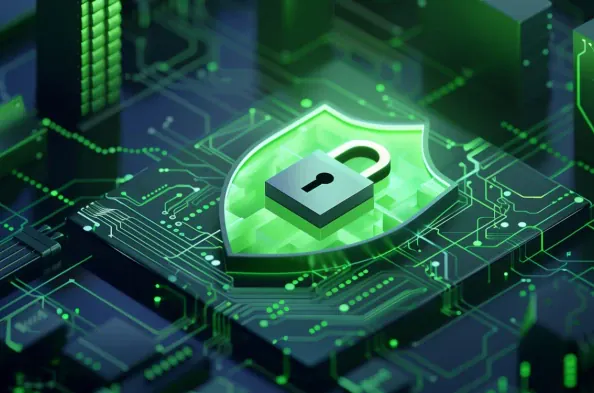In an era where information is one of the most valuable assets, the need for robust data security has never been more critical. From personal information to corporate secrets, safeguarding data against breaches, leaks, and unauthorized access is paramount. In recent years, advances in technology have provided us with more sophisticated tools to ensure data security, but these also come with their own set of challenges.
Context for Data Security
With the exponential rise in digital data creation and storage, data security has emerged as a key concern for both individuals and organizations. The consequences of data breaches are severe, including financial loss, reputational damage, and the potential for regulatory penalties. Data security technology aims to protect data across various stages: from storage and transit to processing.
Features and Performance of Current Technologies
Encryption
Encryption remains a cornerstone of data security. Modern encryption algorithms, such as Advanced Encryption Standard (AES) and RSA, are designed to convert data into unreadable formats for unauthorized users while allowing access for those with the correct keys. Performance-wise, the computational efficiency of modern encryption algorithms ensures minimal impact on system operations, even with large datasets. However, the management of encryption keys can be challenging and requires stringent security measures to prevent unauthorized access.
Multi-Factor Authentication (MFA)
MFA has significantly increased security by requiring multiple forms of verification before granting access to data. Technologies like biometric scans, security tokens, and one-time passwords (OTPs) enhance security beyond traditional username and password combinations. The user experience has improved, with faster authentication processes and more reliable mechanisms to prevent unauthorized access. Yet, implementing MFA can be costly and time-consuming, requiring proper integration with existing systems.
Tokenization
Tokenization substitutes sensitive data elements with non-sensitive equivalents, or tokens, which can be used in place of the actual data. This technology is particularly beneficial for securing credit card information and personal identifiers. Tokenization effectively minimizes the risk of data breaches by ensuring that actual data is never exposed during transactions. Performance-wise, tokenization is robust, though managing and mapping tokens to original data may introduce complexity and require additional resources.
Artificial Intelligence (AI) and Machine Learning (ML)
AI and ML have transformed data security by providing advanced threat detection and response capabilities. These technologies analyze vast amounts of data to identify suspicious activities and potential threats in real-time. The efficacy of AI and ML in identifying zero-day vulnerabilities and sophisticated cyber-attacks is unparalleled. However, the reliance on substantial computational power and the need for continuous learning and training models can be resource-intensive.
Summary and Verdict
In summary, the landscape of data security has evolved significantly, harnessing advanced technologies to safeguard digital assets effectively. Encryption, MFA, tokenization, and AI/ML have revolutionized how we protect data, offering robust mechanisms to thwart unauthorized access and mitigate risks. The performance of these technologies has generally been impressive, though they are not without challenges, such as resource demands and the complexity of deployment.
Moving forward, the continued refinement of these technologies, coupled with stricter regulatory frameworks and increased awareness about data security, could further enhance protection measures. Organizations should stay ahead by adopting a multifaceted approach, investing in cutting-edge security solutions, and continuously educating their stakeholders about emerging threats and best practices. This proactive strategy might be the key to navigating the ever-evolving data security landscape successfully.






